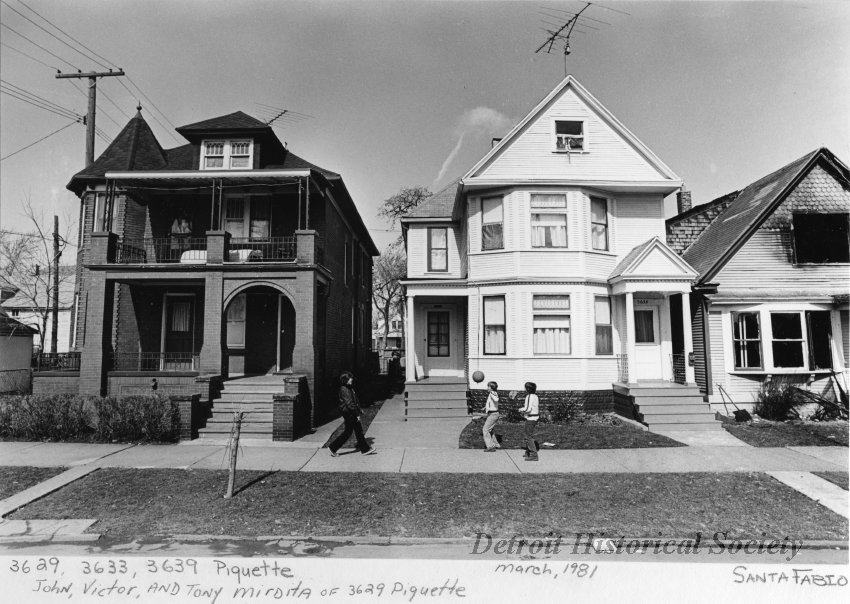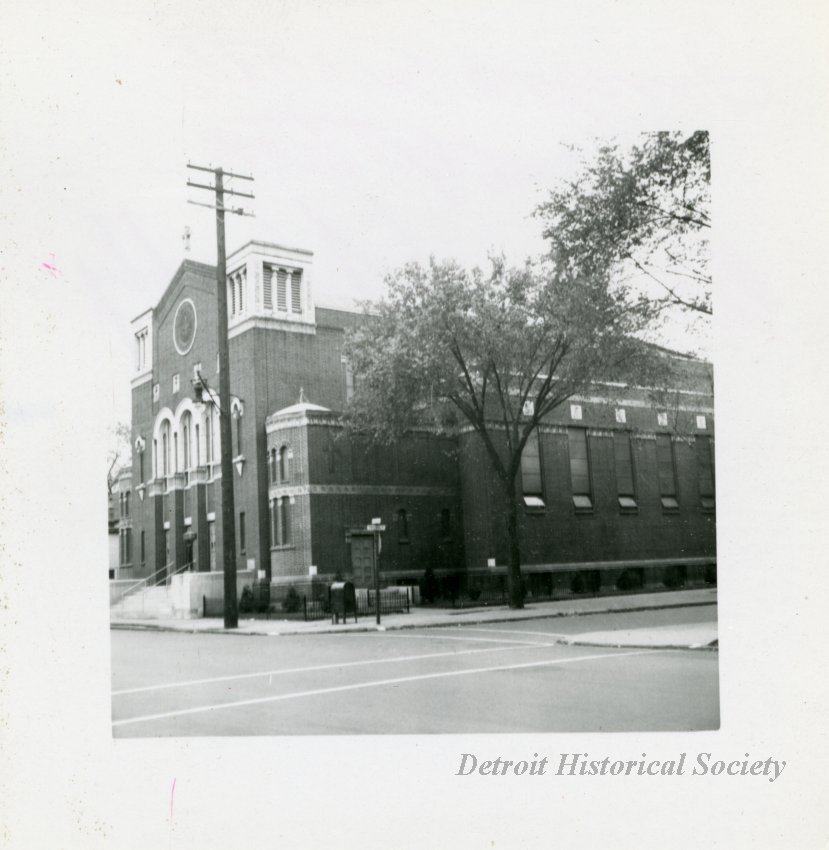Poletown is a neighborhood in northeast Detroit, bordering Hamtramck, that was razed in 1981 to provide land for the construction of a General Motors Cadillac plant. Under eminent domain, it was the most number of people ever moved in the shortest amount of time in the United States.
In 1980 General Motors (GM) and the Coleman Young administration struck a deal for the new plant that would supply much-needed jobs and tax revenue for the city. Poletown, the name resurrected from the early 19th century when its residents were chiefly Polish, is bounded by the Grand Trunk Railroad line on the west, Hamtramck on the north, Conant/Mt. Elliott Streets on the east and I-94 on the south. In 1980 not only Polish but also African Americans, many removed from the nearby Black Bottom neighborhood by freeway construction, and immigrants from a dozen other countries lived there. It was the only site considered for the new facility.
The 465 acres needed for the factory contained 1,500 homes, 144 businesses and 16 churches. While some residents were happy to receive the average $13,000 buyout, plus moving expenses, for their homes and move to the suburbs, others who had lived their entire lives in Poletown chose to fight. A Poletown Neighborhood Council was established for that purpose.
Hamtramck residents, whose city was much less impacted by the land clearing, were eager for a source of jobs after the closing of Dodge Main plant. The new assembly plant would occupy the site of the historic plant that closed in 1980 and provided a quarter of the tax revenue for Hamtramck. The promise by GM was 6,000 jobs.
While the Archdiocese of Detroit cooperated fully with the plan, unexpected opposition came from the Immaculate Conception Church, one of two Roman Catholic churches slated to be sold to Detroit and demolished. Parishioners started a letter-writing campaign that drew national attention, in particular from GM’s longtime nemesis, Ralph Nader. A challenge to the use of eminent domain went to the Michigan Supreme Court, which ruled against the protestors, who staged a 29-day sit-in at the church. Two days after the protestors were escorted out, the wrecking ball did its work. A Jewish cemetery, Beth Olem in Hamtramck, was spared, easier to encompass by the plant campus than to relocate.
At the core of the controversy was an eminent domain law that took effect shortly before the plant announcement. The Michigan Uniform Condemnation Act extended the use of eminent domain beyond public projects to those that would “encourage commercial growth.” On the surface the “quick-take law” was for blight removal but by broadening its use, and allowing demolition to take place before court challenges were settled, it made clear sailing for GM and Detroit.
The Detroit-Hamtramck Assembly Center opened in 1985, providing only half of the promised 6,000 jobs, due to the use of automation. Despite GM’s best efforts, the factory is always referred to as the Poletown plant. At the end of 2018 GM announced the plant would close in 2019, affecting 1,500 workers, but then changed the closing date to January 2020, after United Auto Workers and GM contracts expire. Following a new contract, GM announced that the plant would begin producing electric vehicles starting in 2021 following a lengthy retooling.

